What a week! I just spent the last five days in LA, visiting my cousin Melinda Benedek and going through her father’s papers. I had a wonderful time, talking about family and memories with Melinda and her husband, Andrew. Melinda is the daughter of Laslo Benedek, my grandfather’s half-brother. I’ve written a lot about Laslo, or Laci as my grandfather called him. Born in Budapest in 1905, he moved to Vienna, Berlin, and England before emigrating to the United States in the 1930s, just before my grandfather.
It was Laci who helped my grandfather get out of Hungary in 1939: he sent money, wrote letters to numerous immigration officials in at least four countries, and connected my grandfather with friends and colleagues who helped him on his journey. I credit Laci with my grandfather’s survival, and the documents I discovered this week only serve to reinforce and extend my sense of gratitude towards him.
Laci, like my grandfather, kept an astonishing number of documents over the years. And for that, I am also eternally grateful. According to Melinda, Laci never had a real “home base,” which means that he was lugging boxes upon boxes of decades-old correspondence all over the world. Over the last few days, Melinda and I sifted through several boxes of Laci’s papers. Here we are at work:
For my research, Laci’s papers offer an essential key: over the past year, I have been relying on letters sent to my grandfather to understand his life. This has been wonderful, but I have very few letters written by my grandfather. Laci’s archive fills this gap: tucked in his boxes are dozens of letters that my grandfather wrote to his brother: the oldest ones are from the 1920s, when my grandfather was still a child. Laci, who was 14 years older, was out of the house, and my grandfather admired him greatly.
Other letters are from the 1938 and 1939, and they offer a harrowing window into my grandfather’s near failed attempt to get to the United States. I will discuss those more in my next posts.
The letters I was most excited to find are from the war years. While there are no letters from 1942, when my grandfather was at Berkeley, there are regular letters — about one per week — beginning in 1943, when my grandfather joined the military. These are all in English, and they offer an intimate window into his life during and after the war. My grandfather wrote regular dispatches from his training camp in Georgia, from North Africa in 1944, and from Italy, where he transferred to the Operational Group of the OSS and parachuted into Slovenia. The only break in his letters is from February-May 1945, when Opapa was dropped behind enemy lines and joined up with the Slovenian Partisans. But they pick right back up again after VE Day.
In this letter from May 1945, for example, my grandfather tells Laci that “unconfirmed reports of [his] death, etc., are still trickling into the office.” (!)
I have only begun to scratch the surface of these documents, and I’m so excited to dig into them.
For now, I will leave a few photos that connect the past and present more directly: the first is a picture I found in Laci’s papers of me as baby, holding Laci’s hand. Below is another one, from a few years later — probably the mid-80s (maybe 1985?). There, you can see me sitting in my mother’s lap. Next to us, seated, is my grandmother Ilona. My dad, Laslo, and Danielle are behind us. I can recognize my childhood home in Narberth in the background.
The final photo is one of Laci as a child, with his family: I don’t recognize everyone, but Laci is the little boy in the front; his aunt Ilonka (Margit’s sister) is on the far right. The photo is from before WWI.
When I put these photos side by side, I marvel at the tenuous threads connecting us to the past; at the drastically different worlds we live in; and yet at the persistence and significance of our connection to those who came before us, and the lives that they lived. And I am grateful to Laci — and to Melinda — for keeping these images, and these letters, that offer the opportunity to deepen that connection.
***
Cracked Nuts / Help Crack Some Nuts!
Last week, I asked for some advice about how I could develop alternative formats for my posts, and Janet had a great idea (thank you, Janet!). She suggested that I include interviews from people who knew Opapa so that their recollections can be part of this story as well. I have long intended to have an “oral history” component of my research, and this fits perfectly with that goal.
So: over the next several months, my goal will be to conduct occasional oral interviews so that I can hear about Opapa and his life from those who knew him in different contexts. I knew him as a grandfather, but what was he like as a professor, as a colleague, as a parent, as a friend?
I would also love to ask those of you who knew Opapa to share any of your own memories more informally (with the understand that I may feature them in a post!). Here are some questions to get you thinking. If you feel compelled to answer any of them (or a different question!), please share with me either via email or by adding a comment below.
What is your first memory of Opapa?
What did Opapa tell you about WW2? About his childhood? About his parents? About why he began to study media and communications?
What did you find most striking or surprising about Opapa?
In the meantime, I will continue to post in my usual manner. For this semester, my goal will be to post at least once a week, but I’m going to try for twice.


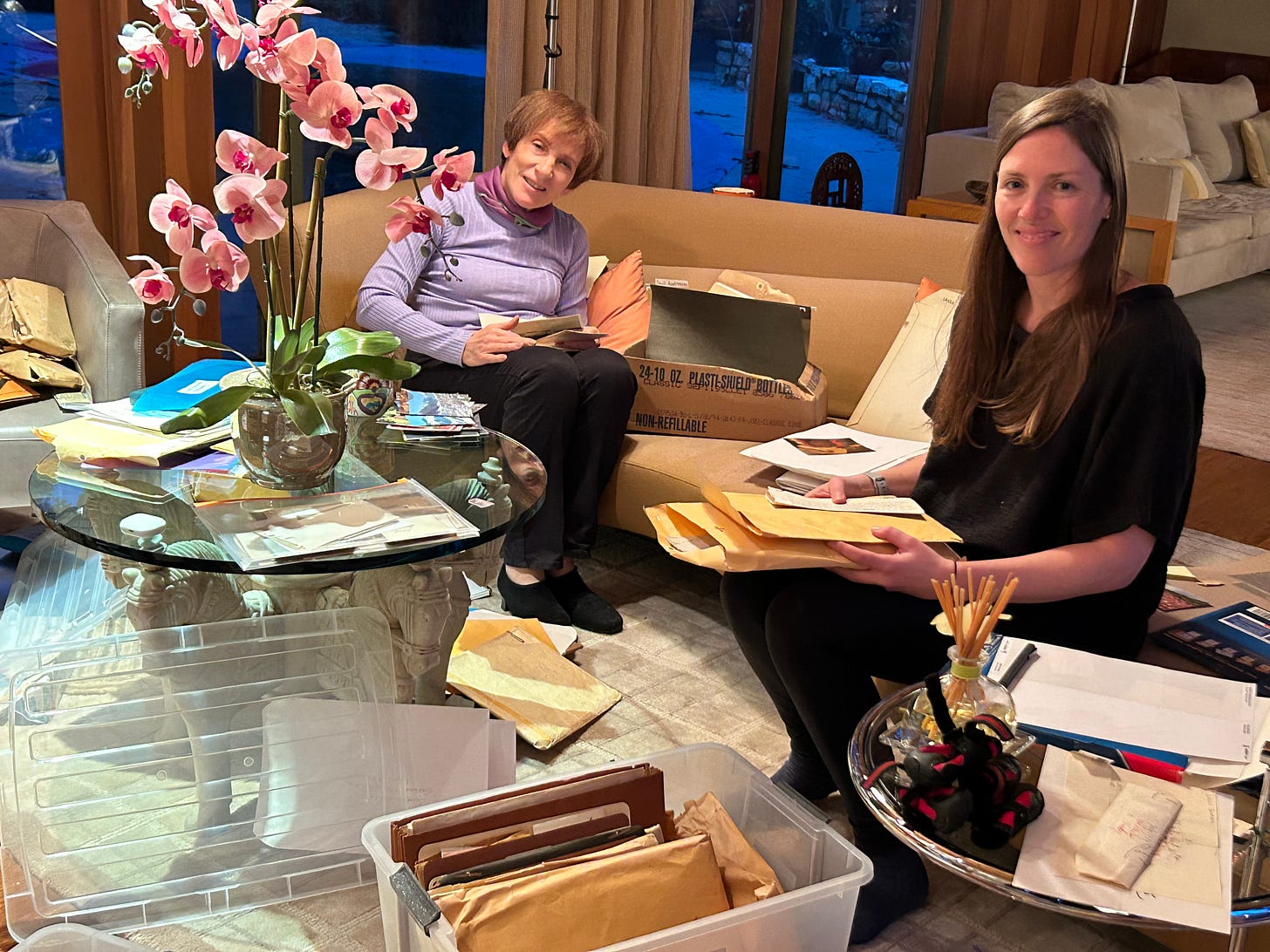
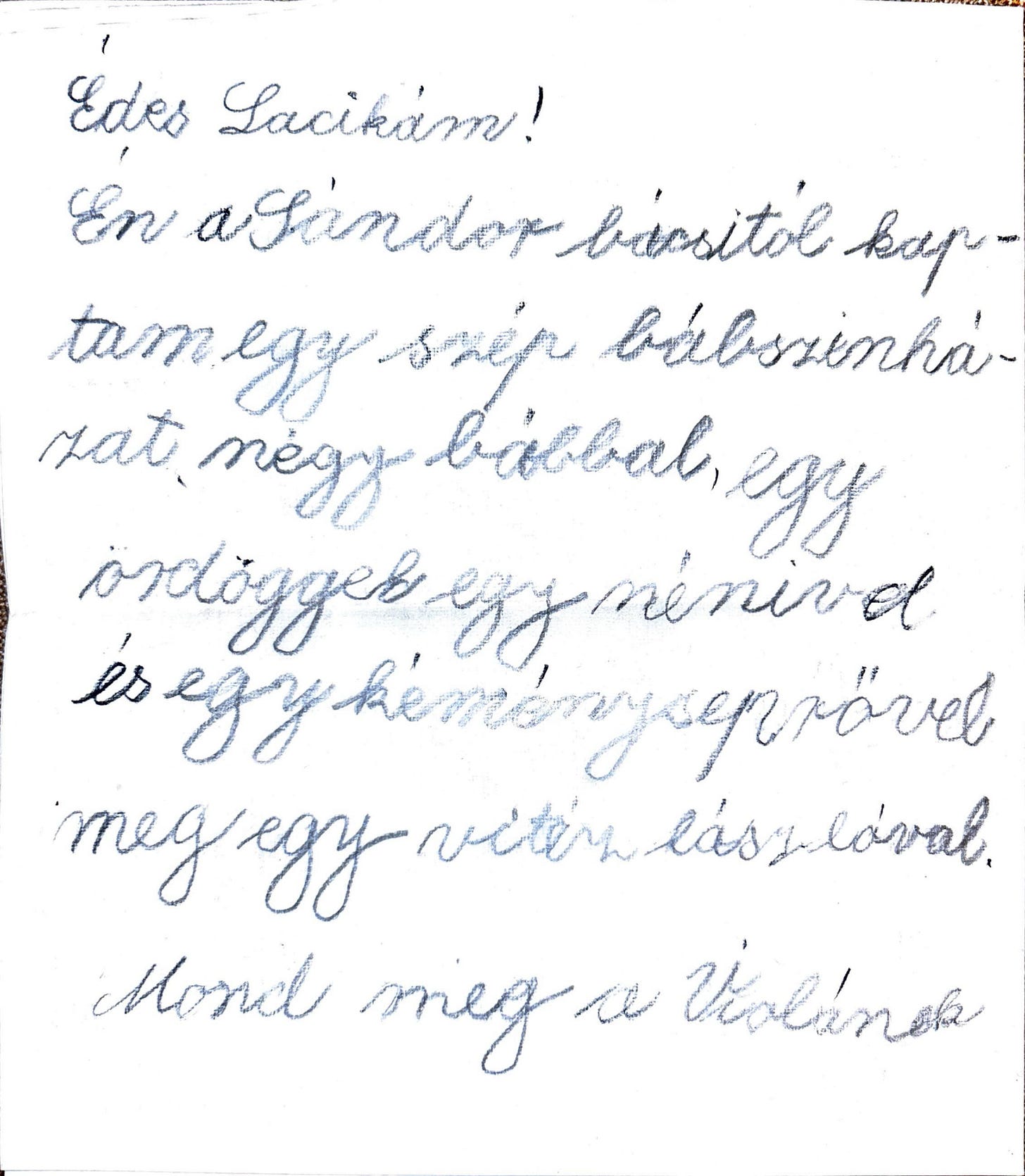
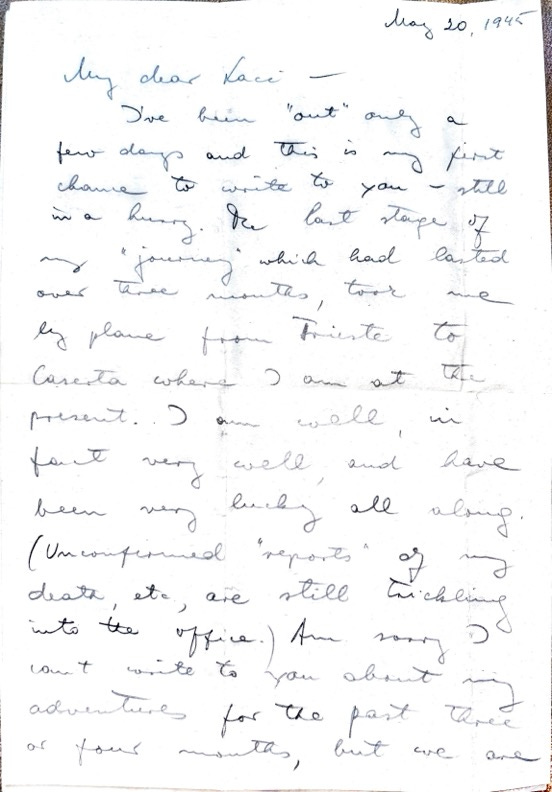
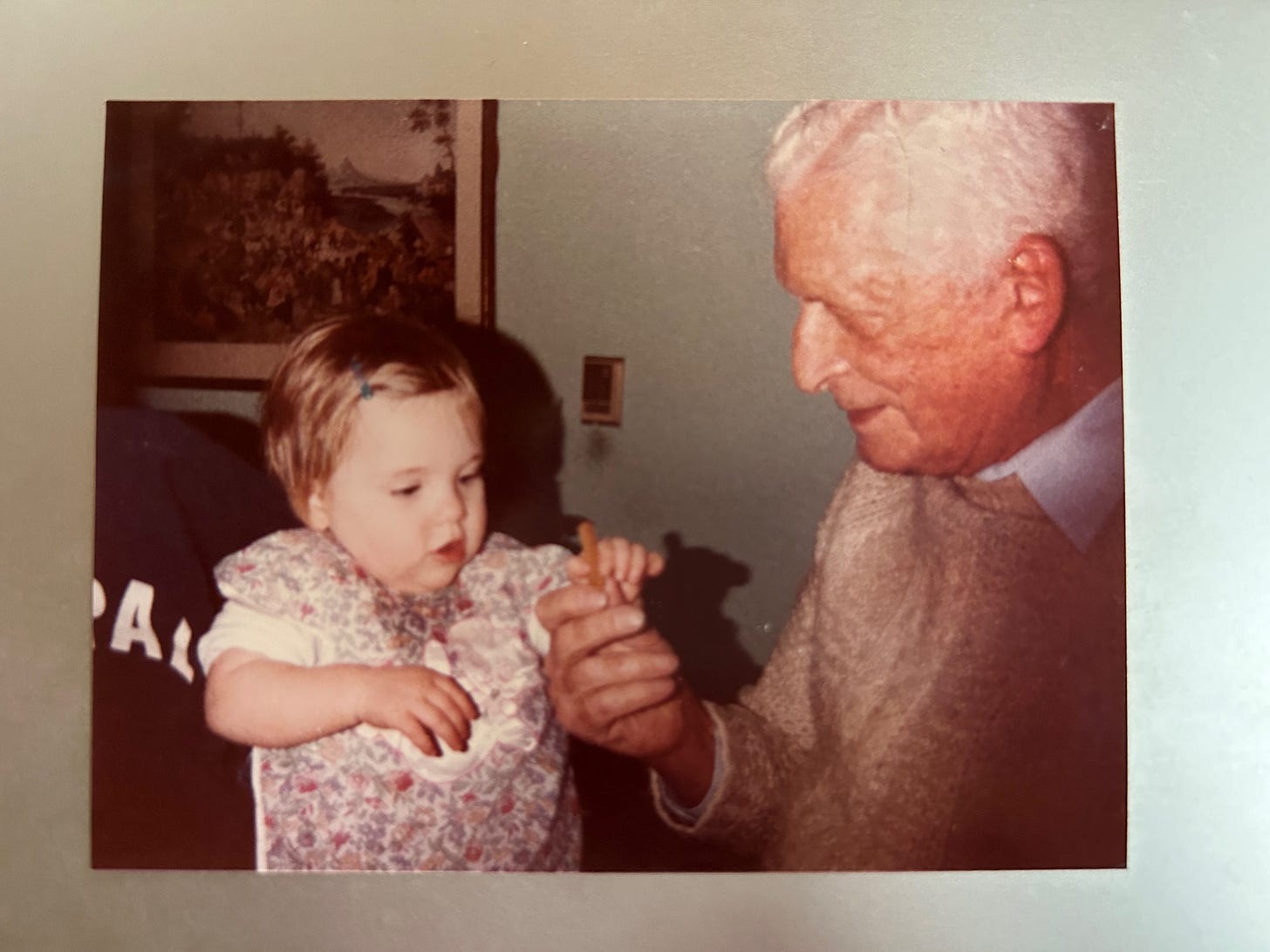

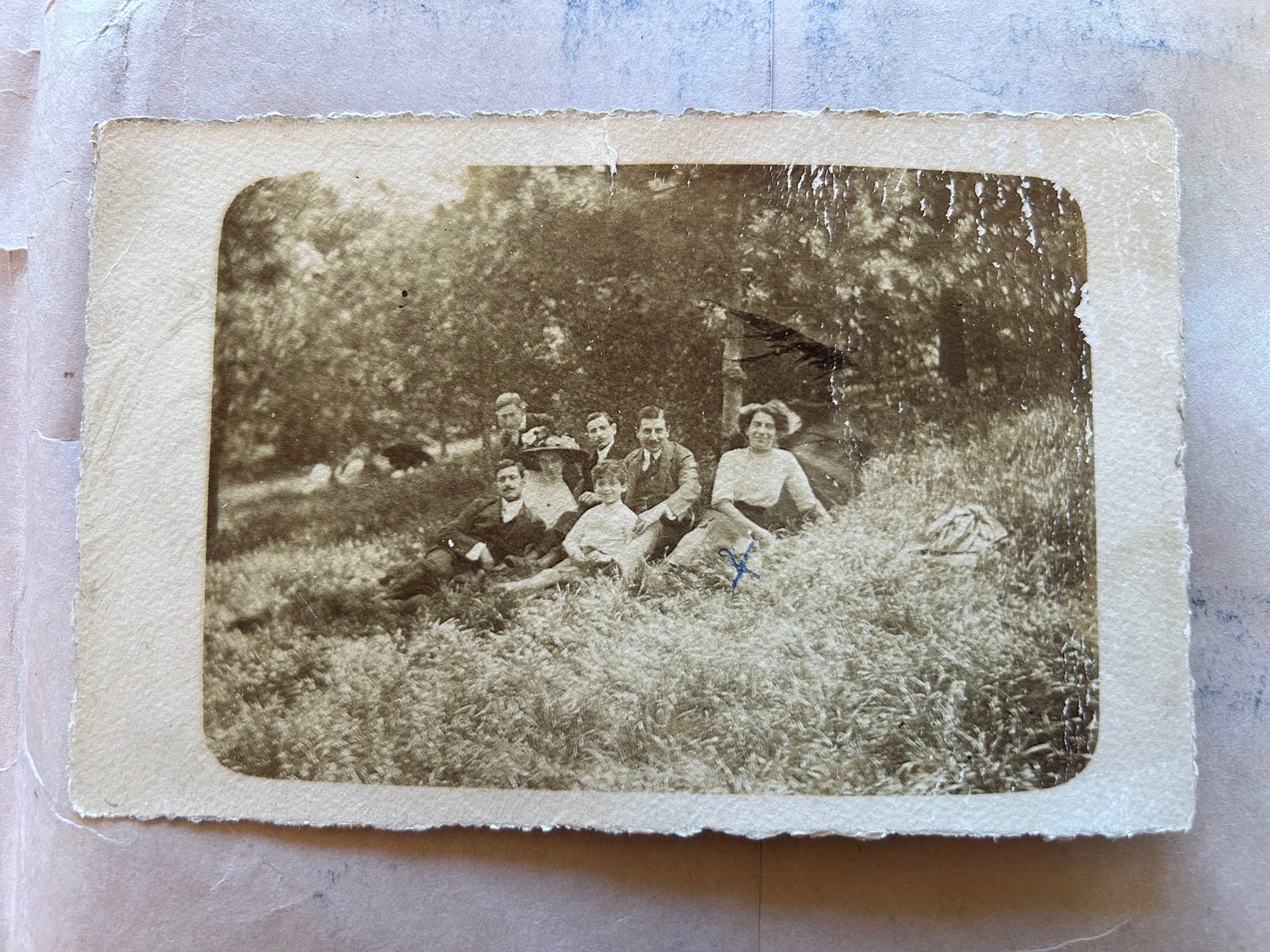
Oh, significant additions to Opapa's life story! Will you be telling us what Melinda remembers of Opapa and what her impressions of him were?
The family culture of keeping letters and documents is wonderful and a real gift to history. To emerge alive while reports of his death were still tricking in must have given your grandfather an incredible impetus for living a meaningful life.